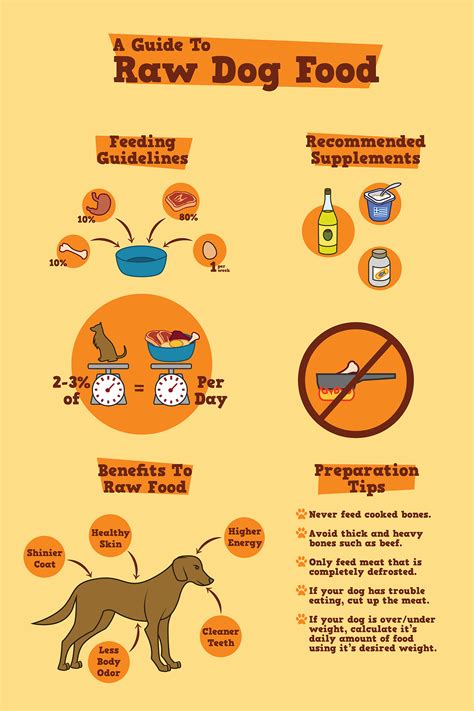Introduction
In the ever-evolving pet food industry, the demand for raw pet food has surged as pet owners prioritize their furry companions’ health and well-being. This article delves into the raw pet food phenomenon, exploring its benefits, drawbacks, different types, and the latest industry trends.

Benefits of Raw Pet Food
Advocates of raw pet food tout its numerous benefits, including:
- Higher nutrient content: Raw food retains more vitamins, minerals, and enzymes than processed kibble.
- Improved digestion: The high moisture content of raw food aids digestion and reduces the risk of constipation.
- Stronger immune system: Raw meat contains beneficial bacteria that support gut health and boost immunity.
- Healthier skin and coat: Raw food provides essential fatty acids that promote shiny, healthy coats and reduce skin problems.
Drawbacks of Raw Pet Food
While raw pet food offers many advantages, there are also some potential drawbacks to consider:
- Bacterial contamination: Raw meat can carry harmful bacteria, posing a risk to both pets and their owners.
- Nutritional deficiencies: If not formulated properly, raw pet food may lack essential nutrients.
- Higher cost: Raw pet food typically costs more than processed kibble.
- Preparation time: Preparing raw pet food requires more time and effort than feeding kibble.
Types of Raw Pet Food
Raw pet food encompasses various formats, including:
- Raw meat: Includes muscle meat, organs, and bones.
- Barf (biologically appropriate raw food): A diet that mimics the natural prey of carnivores.
- Whole prey: Whole carcasses of small animals, such as mice or rabbits.
- Freeze-dried or dehydrated raw: Raw food that has been dried to remove moisture while preserving nutrients.
Industry Trends
The raw pet food market is expected to continue growing in the coming years. Key trends driving this growth include:
- Growing awareness of pet health: Pet owners are becoming increasingly informed about the importance of nutrition for their pets’ well-being.
- Rise of alternative pet food options: Pet owners are seeking alternatives to traditional kibble, including raw, organic, and vegan options.
- Technological advancements: Innovations such as freeze-drying and dehydration have made raw pet food more convenient and accessible.
Future of Raw Pet Food
As the raw pet food trend evolves, here are some areas where future innovation is likely to occur:
- Personalized pet food: Customized diets tailored to individual pets’ needs and health conditions.
- Sustainable sourcing practices: Ensuring ethical and environmentally friendly methods of sourcing meat for raw pet food.
- Improved safety measures: Developing new technologies to mitigate the risk of bacterial contamination.
Tips and Tricks
For pet owners considering switching to raw pet food, here are some tips:
- Consult with a veterinarian: Seek professional guidance to determine if raw pet food is appropriate for your pet.
- Start gradually: Introduce raw food slowly to your pet’s diet to avoid digestive upset.
- Purchase from reputable sources: Ensure the meat is fresh and of high quality.
- Proper handling: Handle raw pet food with care to prevent bacterial contamination.
Case Studies
- A study published in the Journal of Animal Science (2021) found that dogs fed a raw diet had higher levels of antioxidants and improved immune function compared to dogs fed a kibble diet.
- A survey conducted by the American Pet Products Association (2022) revealed that nearly 25% of pet owners feed their pets raw food.
Conclusion
The raw pet food trend reflects the growing desire of pet owners to provide their furry friends with the most nutritious and wholesome diet possible. While raw pet food offers many potential benefits, it is crucial to consider the risks and ensure it is handled safely. As the industry continues to evolve, we can expect to see further innovation and advancements in raw pet food options.
Table 1: Benefits of Raw Pet Food
| Benefit | Explanation |
|---|---|
| Higher nutrient content | Retains more vitamins, minerals, and enzymes than processed kibble |
| Improved digestion | High moisture content aids digestion and reduces constipation |
| Stronger immune system | Contains beneficial bacteria that support gut health and boost immunity |
| Healthier skin and coat | Provides essential fatty acids for a shiny, healthy coat and reduced skin problems |
Table 2: Drawbacks of Raw Pet Food
| Drawback | Explanation |
|---|---|
| Bacterial contamination | Raw meat can carry harmful bacteria |
| Nutritional deficiencies | May lack essential nutrients if not formulated properly |
| Higher cost | Typically costs more than processed kibble |
| Preparation time | Requires more time and effort than feeding kibble |
Table 3: Types of Raw Pet Food
| Type | Description |
|---|---|
| Raw meat | Muscle meat, organs, and bones |
| Barf (biologically appropriate raw food) | Diet that mimics the natural prey of carnivores |
| Whole prey | Whole carcasses of small animals |
| Freeze-dried or dehydrated raw | Dried raw food with preserved nutrients |
Table 4: Future Trends in Raw Pet Food
| Trend | Explanation |
|---|---|
| Personalized pet food | Customized diets tailored to individual pet needs |
| Sustainable sourcing practices | Ethical and environmentally friendly meat sourcing |
| Improved safety measures | New technologies to mitigate bacterial contamination risk |





















